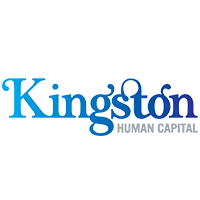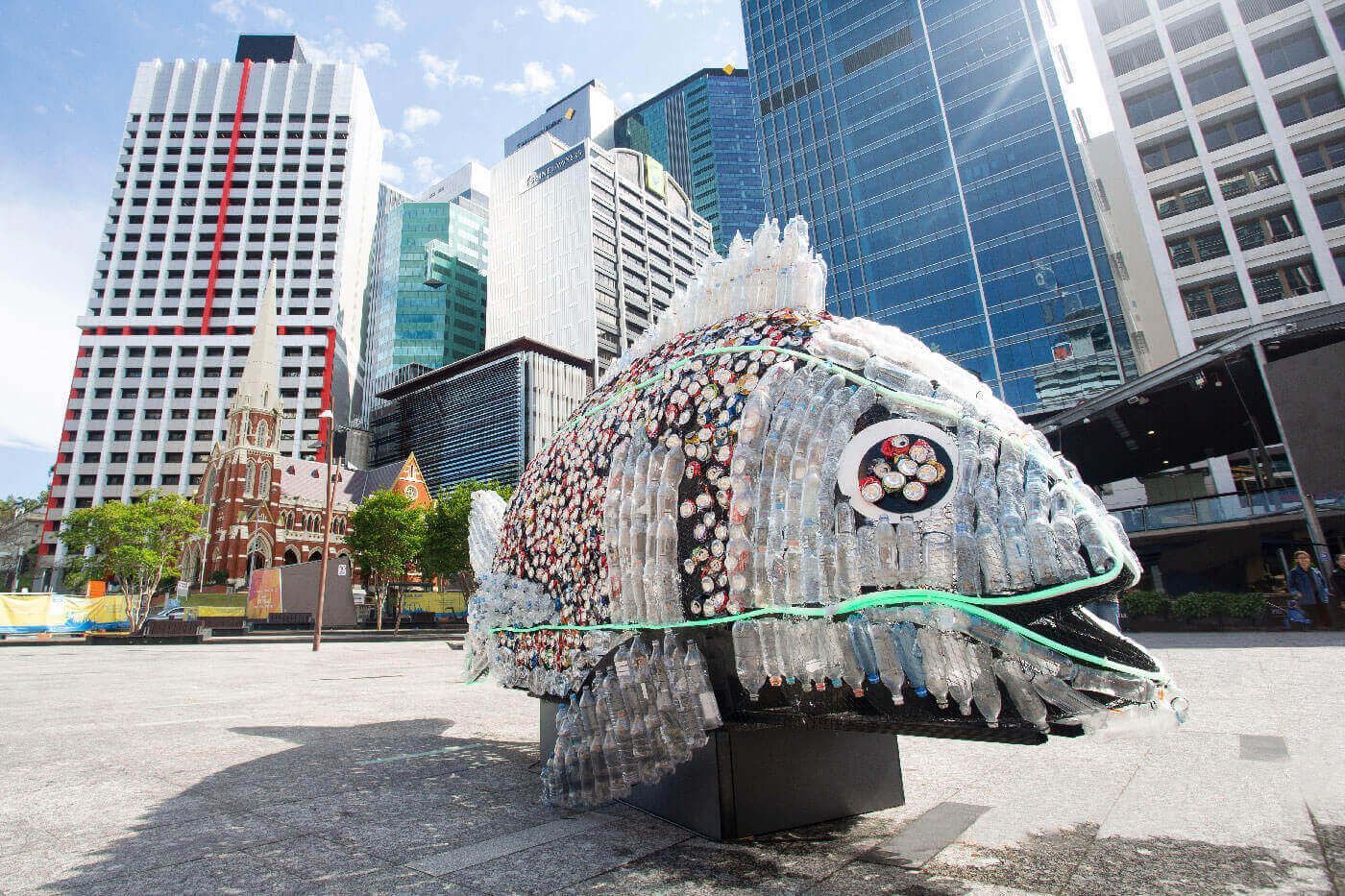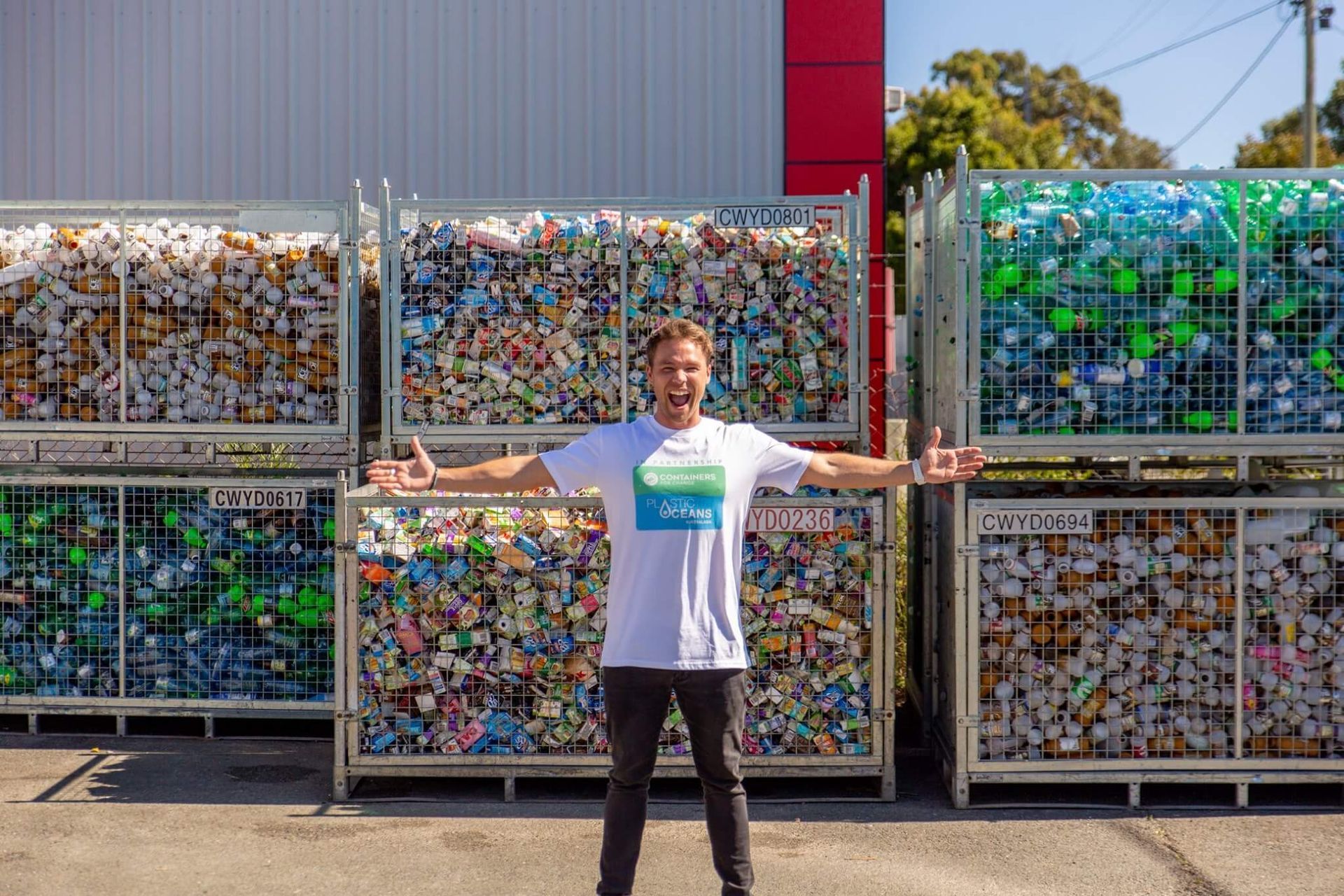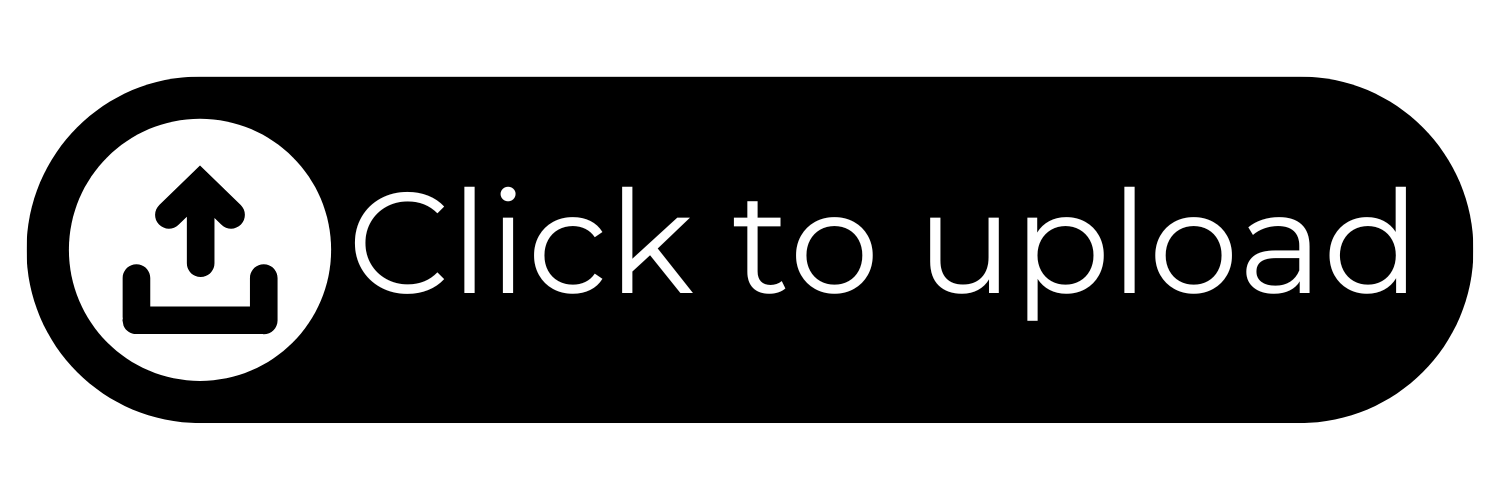How to Write a Job Description
The humble job description is an important and seriously underrated document.
If you’re a leader or hiring manager, you’ve likely seen hundreds of them in your career (as a manager and as a job seeker yourself), and while they might typically share a similar format and seem a dime a dozen, the truth is that an effective and engaging job description is the cornerstone of a good recruitment process.
We’d even go as far as saying a good job description is the foundation of a fruitful, long term relationship between employer and employee.
Writing a great job description can be tricky. Beyond outlining the key responsibilities and duties your employee will perform, the job description describes the ‘colour’ of the role and the start of a journey - but we all know that roles change over time.
In this time of unprecedented change and uncertainty, organisations and businesses are changing more and at a faster rate than ever before - which means so are jobs.
An effective and engaging job description is part marketing (‘selling’ the opportunity to potential employees), part requirements (minimum or essential requirements that your new employee must have) and part reality check (an honest description of tasks and assessment of the key challenges).
Rather than provide a job description template, this article highlights some of the key things you need to consider and include in your job description.

Don’t use an old document
Imagine the message you’re sending by sharing a job description that’s dated 2-3 years ago!
Unless your organisation regularly hires people with the same profile, quite a lot of time has passed since you last recruited for this role. Your organisation has changed, the team is different and your objectives probably are, too.
Before you start hiring, revisit that dusty old job description, conduct a thorough needs analysis and make sure you’re starting with a document that’s fit for purpose, today.
Get the job title right
Hint: it might be different to last time you hired this role.
If you’re not sure, do some research on job boards and LinkedIn to better understand the most appropriate title for the role.


Think of the job as an opportunity
Addressing people’s aspirations and demonstrating the opportunity this job presents is a great way to attract and engage high performers.
Start with a short, engaging overview of the opportunity
A compelling introduction is essential.
This is your opportunity to bring some energy and personality into the document. Really think about the most important information you need to get across in the first 3-4 sentences. Hint: Don’t start with your company history!


Focus responsibilities on growth and development
When it comes to key responsibilities, 5-10 concise bullet points should do it - don’t get into too much of the minutia in this document. It’s not your fortnightly shopping list.
Importantly, link those responsibilities with business goals/objectives and potential for advancement/growth. This will get people excited and also paint a picture of what their career progression can look like within your business.
Don’t be mysterious
Make this document as clear and transparent as possible.
Be upfront about essential requirements, qualifications/certifications, working hours and arrangements (including remote/flexible arrangements). This will avoid deal breakers getting in the way of great hiring outcomes.


Focus on where you’re going (not where you’ve been)
While a little bit of context about your organisation’s background is useful, people are far more interested in where you’re going, not your corporate history.
Communicating the journey you’re on is much more likely to successfully engage people to join you on that journey.
Talk challenges, problems and projects
Top talent love a challenge, solving problems and owning/tackling projects.
Beyond the standard bullet point duties, describe some of the ‘meaty’, interesting parts of the role.
People work *for* organisations, but they work *with* people
Describe the key stakeholders and people your new employee will have regular contact with.
Describe ‘a day in the life’
Here’s where you can get into the nitty gritty.
Be detailed - but most importantly, honest. Remember your aim is to get the ideal candidate to apply, and others to ‘pass’.
Outline outcomes
One of the most common things missing from job descriptions is a description of outcomes.
It’s critical that this document describes the outcomes you need your new employee to achieve. Top talent will want to know what success looks like in this role.
Smart organisations articulate KPIs in the job description. Not only is this a super transparent way to start an employment relationship, this means the job description can become the foundation of performance measurement conversations.


Keep the tone conversational
This document is a key part of your recruitment process and recruitment is the start of a professional relationship.
Avoid stuffy, over the top language and always write from the audience’s perspective using direct, personal language ie instead of ‘the ideal candidate’, use ‘you’.
Use simple, accessible language and write just as you would when speaking to someone about this job. Try reading the job description out loud - if you wouldn’t say those words, don’t use them.
Avoid superlatives, buzzwords and cliches
We’ve all seen those job descriptions (and job advertisements) that use over-the-top language like ‘world-class’, 'best of the best’, 'rock stars’ and ‘ninjas’.
While this language was once considered hip/cool - that moment is over. Consider the search words/terms your ideal candidate is likely using when they’re job searching online - those buzzwords are not on the list!


Change up your subheadings
When someone is job searching, they’re likely reading a LOT of job descriptions. Each time they see the typical subheadings like ‘Required skills’ and ‘Key responsibilities’, eyes may glaze over. Try more creative, original subheadings such as:
You’re really good at (rather than Required skills)
You might have previously worked… (in the place of Candidate experience/background)
What we offer you… (rather than Employee benefits)
Consider involving current employees in developing the job description
While the HR department is the traditional custodian of the humble JD, they shouldn’t be the *only* person to write/contribute to them.
The best outcomes come when hiring managers and recruitment/HR partners work collaboratively - but beyond that, consider getting peers in the team to contribute/share their ideas for this important document.


The devil is in the detail
Make sure there are no typos, errors or spelling mistakes. Checks for inconsistencies, up to date links and references, including the date the document was published.
Don’t forget your EVP
Whether this information in your job description, careers page or recruitment marketing campaign, don’t forget to clearly articulate your employee value proposition (EVP).
Gone are the days that people are simply looking for a paycheck.
When looking for a new role, people want to know about growth/development opportunities; non monetary benefits; diversity and inclusion; workplace environment and features; flexibility; social/team events and activities and any other perks of things your organisation offers to employees.
To help articulate your EVP, consider using employee testimonials/reviews and even stories.


Creating a good description is both art and science.
While people want the facts and lots of relevant details about the role and the future opportunity, don’t forget to inject some personality into your job description and communicate what makes your organisation a great place to work.
For more information and advice to drive effective recruitment outcomes, check out our ebook Recruitment Red Flags.
Hiring resources to help you make the right hire
Finding needles in haystacks is what we do best. We use traditional and algorithmic-search techniques, video recruitment, and behavioural economics to find you the best talent in the market.
- Our guide to 44 high impact questions will help you draw on real-life examples of previous experiences, actions, and behaviours to gauge skills, approach and fit.
- Find out the Ultimate interview question that will help you uncover the most useful insights, regardless of the role you’re recruiting.
- Beyond the obvious like typos and sloppy errors on a CV, turning up late to an interview and poor eye contact, our guide to Recruitment red flags contains a list of key things to look out for to avoid making the wrong hire.
- If you’ve never been sure about the true value of reference checks, this helpful resource will explain why they are important - and how to conduct a good one.

Meet the team
Access key features, receive alerts, and manage your finances from the palm of your hand, ensuring banking fits seamlessly into your lifestyle.















